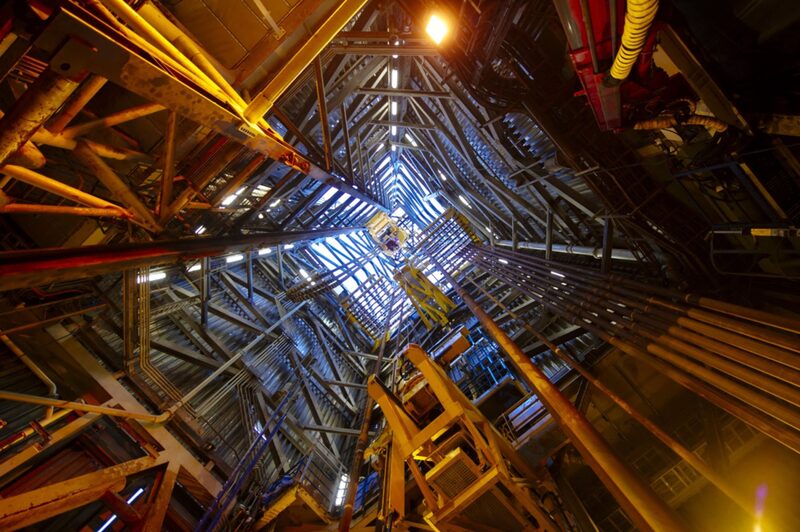Bloomberg — The conflict between Brazil’s ambitions to become a more responsible environmental steward while also ramping up lucrative oil exports has turned into an early test for President Luiz Inacio Lula da Silva.
Off the coast of northern Brazil where the Amazon River enters into the South Atlantic, state-controlled oil giant Petroleo Brasileiro SA (PETR3, PETR4 )has had an oil rig on site since early December that hasn’t started drilling. The entire industry is waiting to see if the exploration well opens up a new oil frontier in an area known as the Equatorial Margin. World-class finds in Guyana, north of this site, have helped generate further excitement about the area.
The delay is costing Petrobras a fortune of about $1 million a day for the rig, three helicopters, support boats and workers, according to calculations by consultancy Wood Mackenzie Ltd. The holdup: State authorities are reviewing a permit for Petrobras to operate a wildlife rescue facility to be used in the event of an oil spill, and it could take them until mid-April to make a decision.
Petrobras and other explorers have had little success over the past decade exploring Brazil’s basins off its southern coast, which has made the Equatorial Margin a major priority. The country needs to find more reserves, otherwise production will start declining in the 2030s. At the same time, Lula has also vowed to strengthen the country’s environmental agencies and oversight, which goes beyond just reversing deforestation in the Amazon.
A report by Lula’s transition team, which was delivered to the mines and energy ministry in late December, recognized that oil exploration in sensitive areas like the Equatorial Margin may be incompatible with its environmental goals.
Petrobras didn’t provide a date for starting the well when contacted by Bloomberg. Deep-water drillships like the ODN II cost between $300,000 and $500,000 a day just in rig rental fees, according to ABESPetro, an association of oil service providers.
The ODN II rig left Rio de Janeiro on Nov. 10 and has been stationed near Petrobras’s drilling site since Dec. 5, according to vessel tracking data compiled by Bloomberg.
“They are burning cash like crazy,” said Schreiner Parker, the head of Latin America for Rystad Energy. “You don’t see a rig go to location and go for 40 to 50 days without spudding.”
Petrobras planned to start the first well in late 2022 as part of a 16-well campaign in the area. It’s a region that hosts mangroves and coral reefs that are considered unique ecosystems. Federal prosecutors have asked the company to review oil spill contingency plans and carry out more discussions with local communities.
Brazil’s environmental authorities have a history of independence and often postpone major industrial projects. TotalEnergies SE and BP Plc pulled out of their exploration blocks in the Equatorial Margin in 2020 after failing to receive environmental licenses.
“There’s a certain amount of anxiety in the industry” around when the project will start, said Telmo Ghiorzi, the head of ABESPetro. “Petrobras will be a pioneer in the region and open an avenue for various other oil companies.”
Read more on Bloomberg.com


